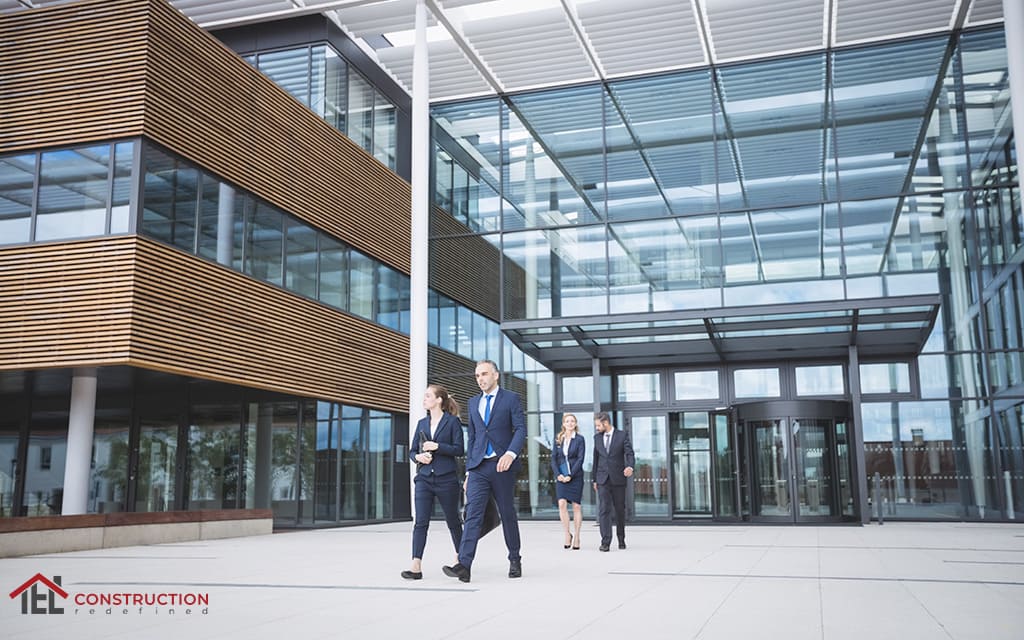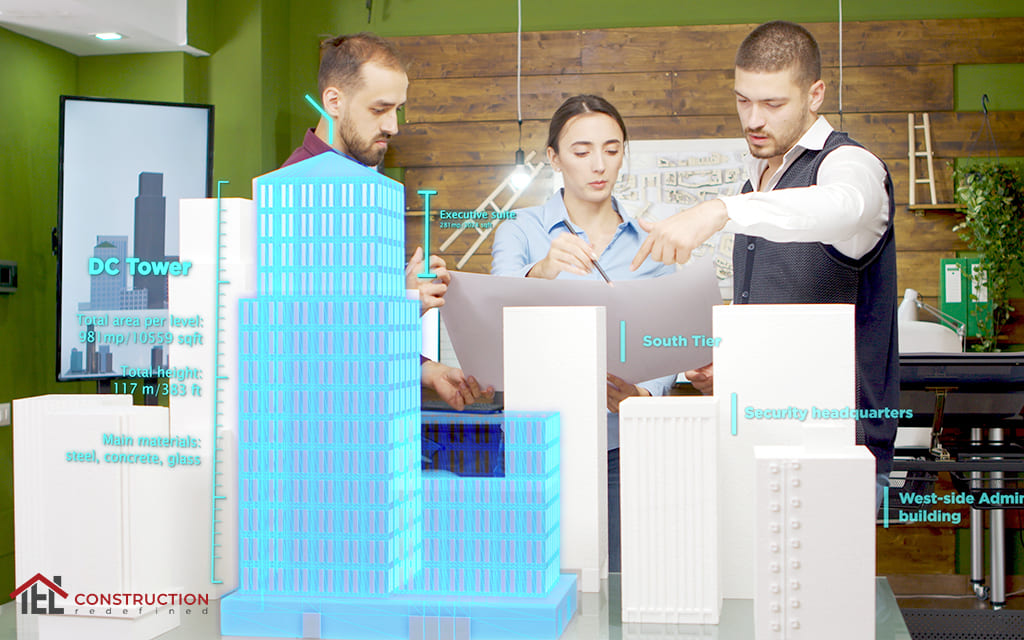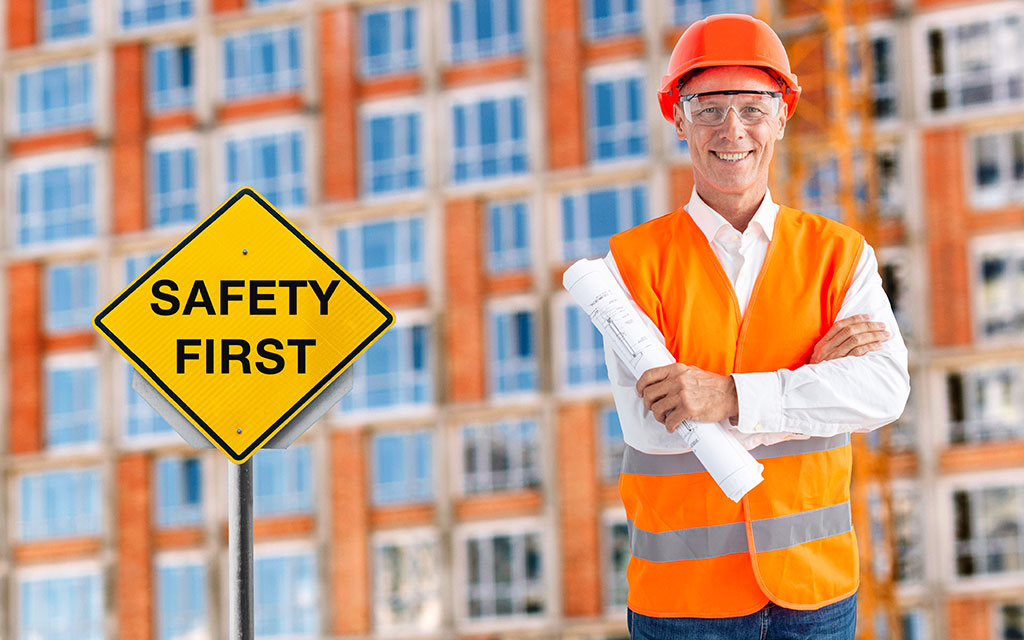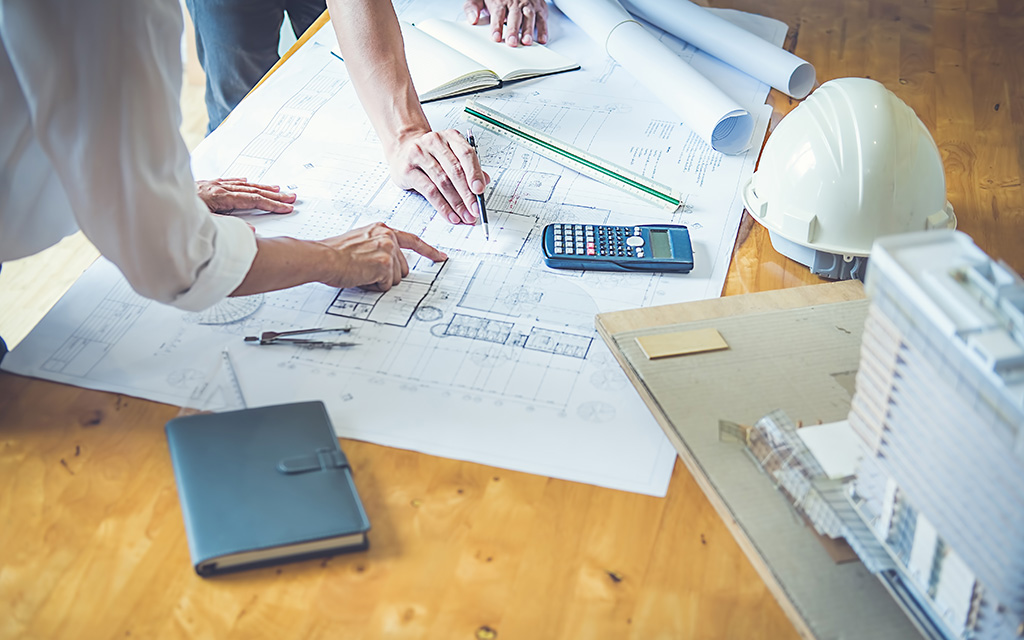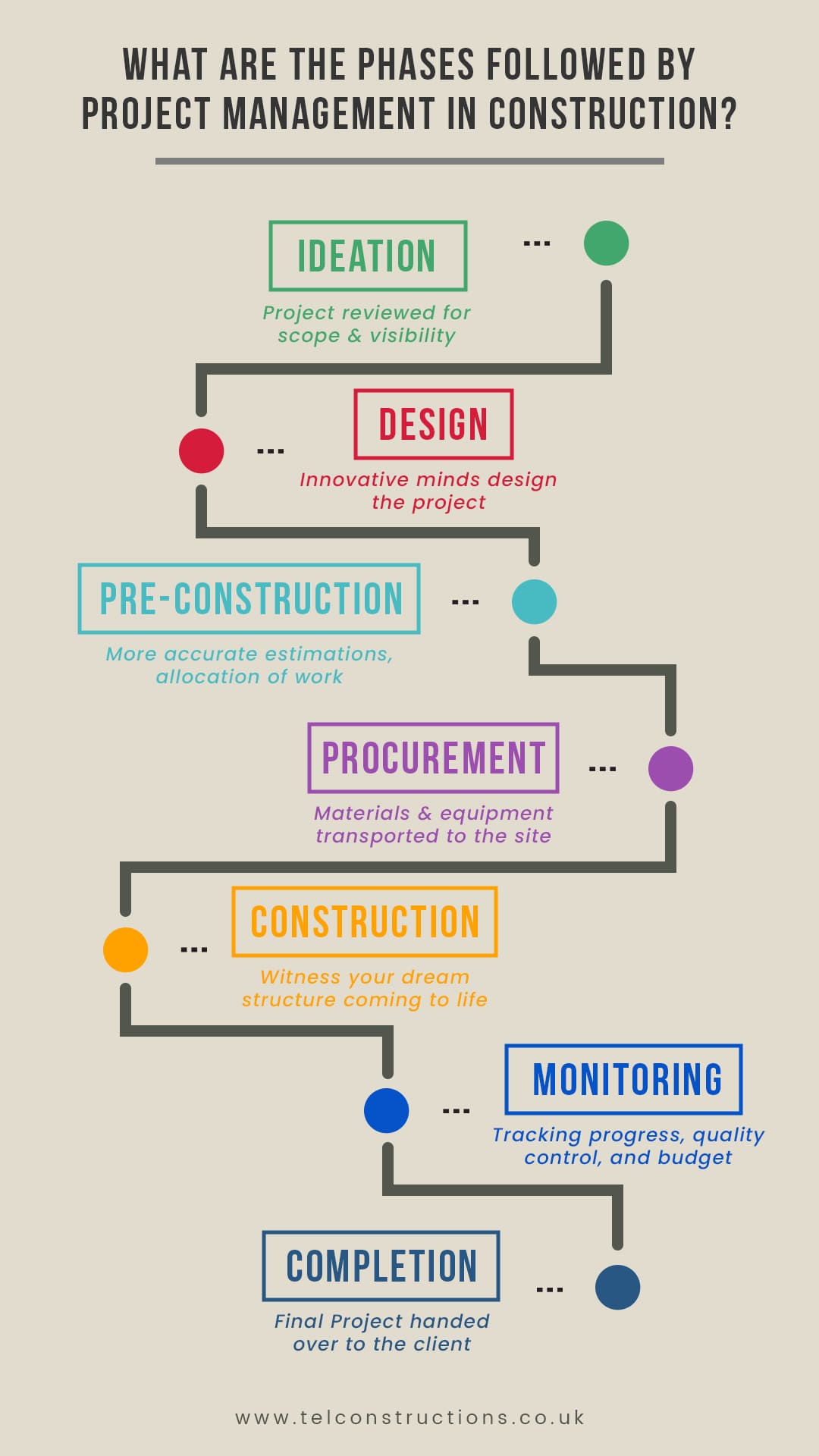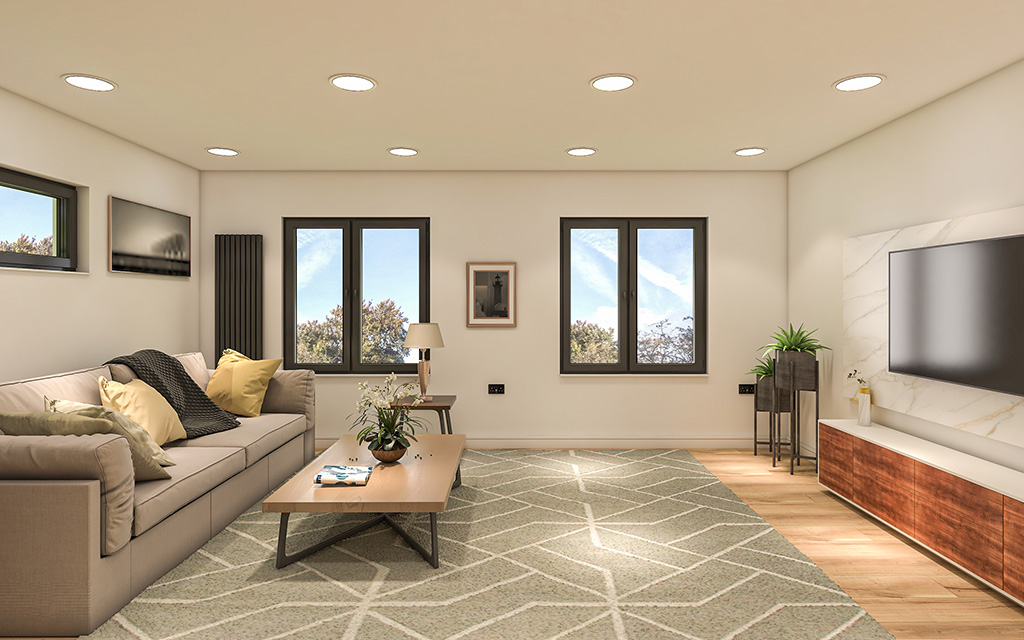With the announcement of “NET ZERO TARGET” by 2050 by the government, the UK construction industry has already geared up to transform with Modern Methods of Construction (MMC).
Amid this, skilled labour shortage, government policies, demands of investors, efficiency & quality, and sustainability goals stand as some of the biggest challenges for the home builders.
Here enters a new player “Prefabrication” which has gained significant popularity in the recent years.
With promises of efficiency, performance, and eco-friendly construction, prefabricated building methods are revolutionizing the construction industry right away.
Let’s explore the remarkable advantages of prefabrication in modern construction projects and discover how it can bring about a brighter future for the industry.
A New Era: The Rise of Offsite Prefabrication Construction
Prefabrication, also known as offsite manufacturing, is a method of constructing buildings and other structures by producing components in a factory or offsite facility. The components are then transported to the actual construction site and assembled there to get the final product.
This approach differs from traditional onsite construction, where each component is built onsite, requiring significant manual labour and time.
Commonly used in healthcare, hotels & motels, multifamily homes, college builds & dormitories, K-12 schools, public buildings, commercial warehouses, residential apartments and much more.
Understand with an example:
Constructing a modular hotel using prefabrication techniques involves manufacturing pre-made guest rooms in a factory, complete with fixtures and finishes.
These rooms are then transported to the construction site and quickly assembled, reducing on-site labour, minimizing construction time, and ensuring consistent quality.
Fascinating. Isn’t it? Looks like a kids block game. Well, it’s not. It’s much deeper than that!
Magic of Offsite Construction: The Benefits of Prefabrication in Construction
Before we begin with the benefits, here are the three types of Prefabrication techniques that will help you understand the benefits in better way.
Volumetric Systems
Here 3D fully functional components are manufactured in the factory with proper finishes along with fitouts in controlled factory conditions and then are transported to the actual site. Example: bathrooms and kitchens
- Panellized Systems
Here manufacturing of flat panel units is done in the factory and then are fixed on-site to complete a 3D structure. Such as external claddings, windows and doors, internal wall finishes etc.
- Hybrid (Semi-Volumetric systems)
Here depending on the requirement either 3D structures are prepared and transported, or panels are created and then later assembled on-site.
Now Let’s understand the benefits of Prefabrication in Construction
1. Site Benefits: Sustainable Construction Prefabrication
These sustainable construction practices cause minimum disruption to the locality and environment as components are fabricated in a closed factory.
➤ Reduction in Noise & dust Pollution: Only assembling work is done on site, which therefore reduces the noise as well as dust pollution.
➤ Reduced Construction Time: Prefabrication can help to reduce construction time by up to 50% as all the components and labour is present at the same place along with necessary tools and equipment.
➤ Fewer Deliveries to Site: Prefabrication generally leads to fewer deliveries to site, which can also help to keep minimum traffic disruption.
➤ Smaller Foundations and Less Groundwork: The lightweight nature of many prefabricated buildings can often result in smaller foundations and less groundwork, which can further reduce disruption.
➤ Less Labor Required:The shorter period on site and the nature of the work means that less labour is required at the site and for a shorter period.
➤ Less dependency on weather: The work can be carried out without stopping irrespective of the weather conditions.
➤ More Employment opportunities: As the factory-enabled activities aim for local workforce, better amenities can be offered to the workers. Also, more permanent type of jobs can be created thereby, boosting employment.
2. Process Benefits of Prefabrication: Improved Quality, Safety, and Efficiency
The process of manufacturing in factory and assembling on site helps in better implementation of construction safety measures. Thereby, eliminating any risk of health or injury to workers.
➤ Improved Quality Control: Prefabrication can help to improve quality control by moving much of the construction process to a controlled factory environment. This reduces errors and defects, resulting in a higher quality building.
➤ Increased Safety: Off-site construction improves safety by reducing the need for hazardous activities on site, such as working at height. This prevents accidents and injuries.
➤ Attracts and Retains a High-Quality Workforce:Safer and more comfortable working conditions attracts high-quality workforce. This can be a major benefit in today’s competitive labour market.
➤ Eliminates the need for scaffolding: Prefabrication can eliminate the need for scaffolding, which can be a safety hazard. This can also save time and money on construction projects.
➤ Modern Methods of Construction offer alternative cladding options to traditional brickwork, which can avoid the need for scaffolding. This can be a major benefit in areas with strict building codes or where there is a shortage of skilled bricklayers.
3. Resource Benefits: Improves Reuse and Recyclability
Prefabrication in construction aids in better utilization of resources, better cost predictability and help achieve quality, cost, and time targets.
Volumetric construction offers potential for buildings to be dismantled and modules reused elsewhere. This helps reduce waste and conserve resources.
For example: Modular hotels in the UK can be dismantled and relocated to different tourist destinations during the season time.
Lightweight materials, like steel framing, are recyclable, aligning with future producer responsibility legislation for a sustainable construction industry.
4. Improved Quality of the Final Deliverables
Prefabrication technology in construction ensures better address of defects and other quality issues. The reason is as these are factory-based activities, better quality management testing and inspections can be performed using different measures.
For example: Volumetric units such as those of bathrooms have electrical as well as water installations. These can be easily checked before sending them for final assembly at site.
This reduces the number of defects as well as call backs to the company resulting in better client satisfaction.
The Growing Rate of Prefabrication in Construction UK: The Impact
According to latest UK Building trends research conducted by Inkwood Research, the UK prefabricated construction sector is expected to grow at a CAGR of 8.70% from 2023 to 2030, reaching a revenue of $9.44 billion.
The market is transitioning positively towards prefab solutions, with growing confidence and interest. Approximately 15,000 out of 200,000 annual homes built in the UK are prefabricated.
Leading construction companies UK are competing to adopt prefab housing due to housing shortages and population growth, boosting its popularity. This trend is deeply shaping the future of the UK’s prefabricated construction market.
With support from the government such as subsidy or financial package to the citizens would encourage them to buy more prefabricated houses. Also, additional support from the builders such as to deliver more and more prefabricated homes in the market will act as a catalyst in adoption rate of prefabrication manufacturing.
The Positive approach of UK Government towards Prefabrication Construction
UK Government stands positive as it feels that the Modern Methods of Construction such as Prefabrication would help to control the home shortage existing in the UK.
Numerous home construction companies employ Modern Methods of Construction (MMC) to efficiently produce energy-saving homes, minimizing time and waste, and generating more construction-related employment opportunities.
The government has tasked the British Standards Institution (BSI) with establishing a widely accepted benchmark for MMC-based homes. (Source: BSI Group)
This move is aimed at cutting expenses and maximizing the advantages of this technology, ultimately resulting in increased home construction nationwide.
Conclusion
The world is witnessing a dynamic shift towards Modern Methods of Construction (MMC) and construction industry UK is embracing prefabrication as a game-changing solution.
The sustainability, efficiency, less disruption, and quality advantages of off site prefabrication construction are driving its rise, transforming traditional construction practices. A brighter and more sustainable future beckons with increased prefab housing adoption.
TEL Constructions -the #1 construction contractor London stands poised to lead this transformative journey towards a prefab-powered construction landscape.
We guarantee the best Quote for your new build or renovation at TEL Constructions. Contact us at 02081584006 or email your requirements at support@telconstructions.co.uk.


